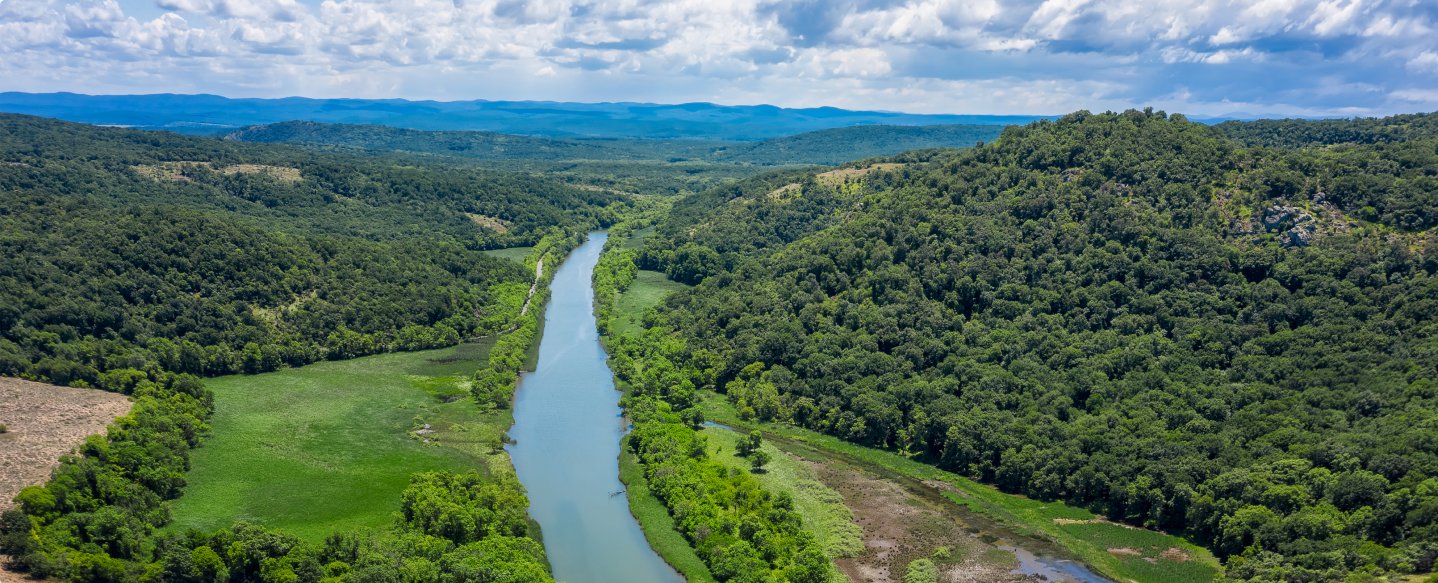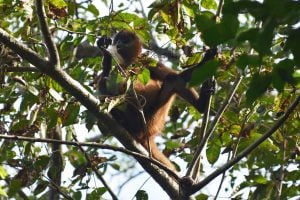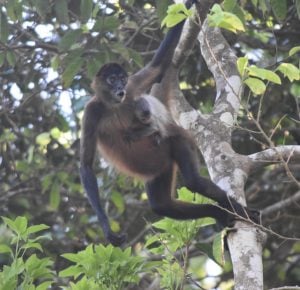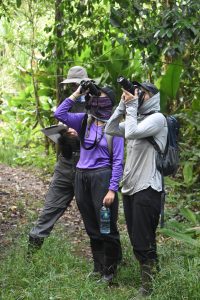Discover how Namib Desert wildlife thrives in extreme conditions – elephants, beetles, plants & more adapt uniquely to survive harsh environments.
GVI
Posted: July 9, 2024

Zaytoen Domingo
Posted: October 21, 2020
Jalova is situated at the southern end of Tortuguero National Park (TNP), along the Caribbean coastline of Costa Rica. TNP was created in 1970 and is made up of a naturally regenerating tropical rainforest, an extensive canal, and wetland system along with a 29 kilometre stretch of beach and marine reserve.

The beach is home to the largest green turtle breeding grounds (also known as a “rookery”) in the Western Hemisphere, and the surrounding forest is home to over 1,800 species of flora and fauna. The protection of this national park is crucial to safeguard the habitat of many endangered species such as the manatee, Geoffroy’s spider monkey and great green macaw, to name a few.
The Geoffroy’s spider monkey is an endangered species according to the IUCN Red List of Threatened Species. Due to habitat loss and fragmentation, along with hunting and capture for the pet trade, the population of this species is declining.
 However, within TNP, it’s common to spot spider monkeys while out on a survey. Geoffroy’s spider monkeys are important environmental indicators, as they do not adapt well to pressures from humans and prefer primary, healthy forest. Their constant presence within the park is an excellent gauge of the health of TNP, and a strong indicator that the management of the area needs to continue.
However, within TNP, it’s common to spot spider monkeys while out on a survey. Geoffroy’s spider monkeys are important environmental indicators, as they do not adapt well to pressures from humans and prefer primary, healthy forest. Their constant presence within the park is an excellent gauge of the health of TNP, and a strong indicator that the management of the area needs to continue.
They also act as essential seed dispersers and are crucial for the healthy ecosystem of the forest. As this species travels in family groups, they are often witnessed in groups of 3–6. This high abundance of monkeys within the park means that recording them on surveys skews our mammal records to higher than usual. Most other mammals are seen rarely and then only on their own.
Here in Jalova we have a special focus on these monkeys due to their incredible importance within the ecosystem.
Our objectives are to:

Better understanding the population dynamic of the Geoffroy’s spider monkeys within TNP is crucial for their conservation. This species is endangered within Costa Rica, so understanding how many are living within the national park and the carrying capacity of the environment is important.
Continued and consistent monitoring is always one of the most valuable tools within conservation, so maintaining our presence within the park is of the utmost importance. Further developing our monitoring efforts and methods to improve accuracy and effectiveness is also important for the future. However, the limitations of the park (all methods must be non-invasive) means that this process is a slow one.
By Zaytoen Domingo
Discover how Namib Desert wildlife thrives in extreme conditions – elephants, beetles, plants & more adapt uniquely to survive harsh environments.
GVI
Posted: July 9, 2024